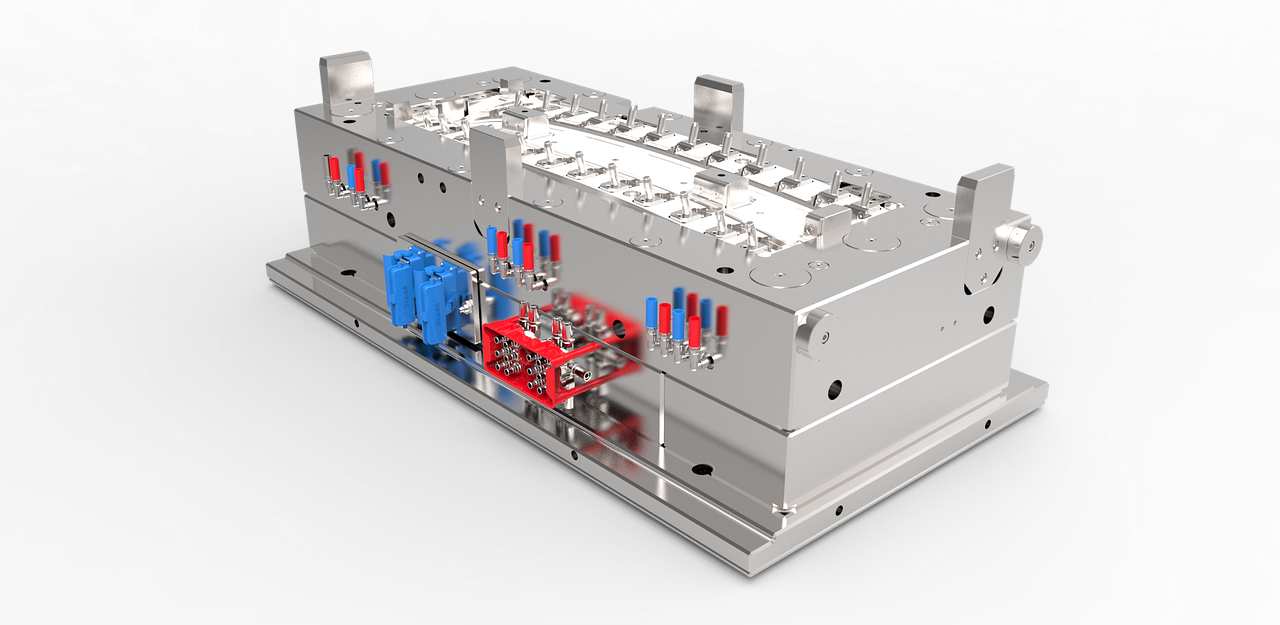 There are several reasons why reverse engineering is an essential tool for injection molding. One reason is that it can help companies shorten their product development times. Another reason is that it can be used to troubleshoot design issues. For example, if a part does not fit together correctly or a quality control issue comes up, reverse engineering can be used to figure out why.
There are several reasons why reverse engineering is an essential tool for injection molding. One reason is that it can help companies shorten their product development times. Another reason is that it can be used to troubleshoot design issues. For example, if a part does not fit together correctly or a quality control issue comes up, reverse engineering can be used to figure out why.
Design Refinement
When manufacturing a plastic part, reverse engineering creates a mold duplicating the original design. This process can be used for details no longer available to purchase or re-engineer existing products. This type of engineering is essential in many industries. For example, reverse engineering is used to reconstruct components for non-invasive ventilation systems in the medical field. The most critical aspect of this technology is that it provides a means to create CAD models from physical objects, which can then be used for product design and R&D. It also shortens the research cycle of new products.
Cost Savings
Reverse engineering is a valuable tool for cutting costs in plastic injection molding. It helps shorten the product development cycle, vital for capturing market share in the competitive manufacturing industry. It also improves the production process and increases the lifespan of your equipment. It eliminates waste and ensures a smooth operating system. The size and quantity of parts you need to produce determine the type of mold you need to use. Lower-volume projects typically use 3D printed or low-grade machined aluminum, while high-volume projects require a high-grade steel mold. Another factor that can affect the cost of a mold is the part weight. The amount of plastic formed into the parts and the hardened plastic that remains in the sprue and runner will be factored into your molding costs.
Reduced Downtime
Reverse engineering can help reduce downtime when a mold is damaged, has lost its design files, or does not have CAD documentation. Using digital repair technology, mold makers can scan the damaged area and use surrounding data to recreate NURB surfaces that will not damage the produced parts. This process can take anywhere from 4 to 20 hours, depending on the complexity of the mold surface. Complex surfaces with tight tolerances typically require additional CAD modeling time to ensure accurate NURBs surfaces. During tool tuning, mold makers must balance competing issues such as ensuring the geometry is material-safe and accommodating shrinkage dimensions. They must also get the tool close but not too close, relying on trial and error to achieve this goal.
Increased Productivity
Reverse engineering has become a critical tool for product designers who must restore original design concepts to a current CAD model. This can be particularly helpful when parts have been hand modified for styling, ergonomics, or performance. Injection molding is a complex process involving many variables, including time, temperature, and pressure. This is where reverse engineering can help manufacturers optimize their time and resources by testing designs to determine which changes can improve cycle times, part quality, and machine efficiency. The reverse engineering process also helps ensure that faulty designs are averted before they reach manufacturing. It can be incorporated into a Design of Experiments (DOE) to verify the process outcome. Engineers who can apply scientific molding processes and procedures can use these processes to optimize molds, improving production and ultimately increasing the company’s profit. This process includes establishing measurable cycle times, balancing runner systems, optimizing conformal cooling, and pressure sensors that monitor venting, cooling, and packing.